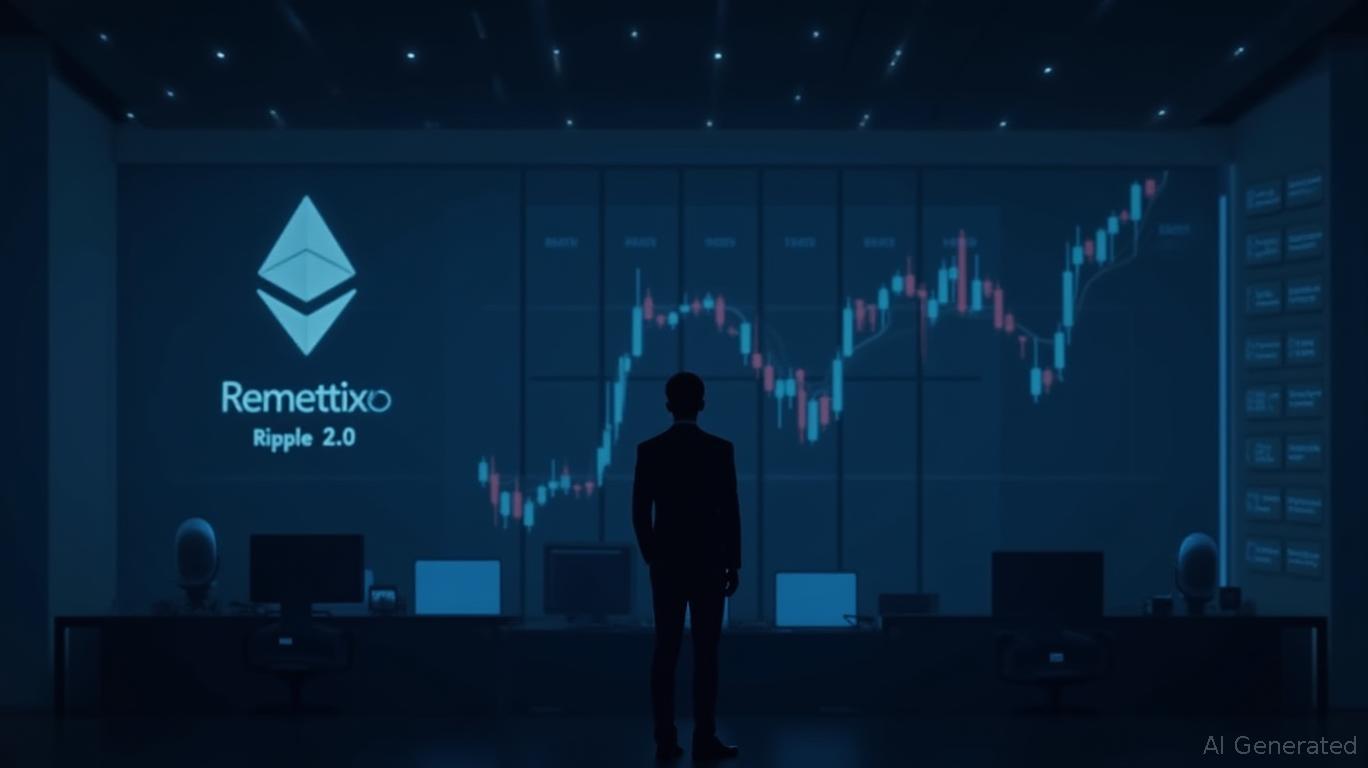In late October, Ethereum's value slipped below $4,000 as ETF withdrawals and global economic uncertainties weighed on the market. Nevertheless, crypto experts remain optimistic about up-and-coming projects, which they believe could achieve a $1 billion market cap just months after launch. The
Ethereum
spot ETF sector, on the other hand, demonstrated strength, with net inflows totaling $134 million on October 27, based on
SoSoValue data
. BlackRock's ETHA ETF accounted for $72.5 million of these inflows, while the total assets in Ethereum ETFs climbed to $28.35 billion, making up 5.69% of Ethereum’s overall market capitalization.
Across the broader crypto landscape, concentrated institutional investments present ongoing hurdles. BlackRock’s
Bitcoin
ETF, known as the iShares Bitcoin Trust (IBIT), leads the market, attracting $28.1 billion in inflows so far this year, according to a
Coinotag report
. This trend has prompted analysts to warn of potential systemic risks, suggesting that Bitcoin’s performance could have turned negative without BlackRock’s contributions. In comparison, Ethereum ETFs have experienced steadier growth, amassing $11.84 billion in inflows by October 2025, with $1.14 billion coming from funds outside BlackRock.
Despite Ethereum’s price drop,
not
all sentiment has turned negative for tokens with practical applications. Remittix, a PayFi platform facilitating crypto-to-fiat transfers in over 30 countries, has secured more than $27.7 million in private investments and sold 681 million tokens at $0.1166 each, according to a
CryptoDaily report
. The project, which has recently passed a CertiK audit and launched a beta wallet, is preparing to be listed on BitMart and LBank. Analysts told
Coinfomania
that these developments could propel Remittix’s valuation to $1 billion. “Remittix’s practical role in international payments makes it a strong player in the PayFi sector, reminiscent of Ripple’s early days,” one analyst commented, highlighting its fixed fees, privacy protections, and increasing institutional backing.
The altcoin ETF market is also broadening, with new funds for
Solana
,
Litecoin
, and
Hedera
debuting on the NYSE in October, signaling a move toward more diversified crypto investments. These ETFs, which brought in $1.14 billion in inflows excluding the largest players, highlight this shift. At the same time,
XRP
and other payment-focused tokens are gaining momentum as demand for blockchain solutions rises. Ripple’s XRP, now priced at $2.61, could reach $3.50 if institutional uptake persists, while Stellar’s XLM is being reevaluated alongside new contenders like Remittix, according to a
FinanceFeeds piece
.
Although short-term fluctuations persist, Ethereum’s on-chain metrics and DeFi activity remain robust, with some analysts predicting that the recent dip may channel investment into newer ventures. Myriad’s prediction markets currently estimate a 66% probability that Ethereum will climb back to $4,500 before dropping to $3,000, indicating cautious optimism.
As the industry adapts to regulatory changes and shifting macroeconomic conditions, the balance between institutional capital and innovation focused on real-world use cases is expected to shape the next chapter of crypto. With Ethereum ETFs providing stability and altcoin adoption on the rise, attention is turning to projects like Remittix that connect digital assets with traditional finance—a trend that could redefine the sector’s direction in 2025.
